Virtual reality (VR) has transformed how you interact with digital content, creating immersive experiences that blur the lines between the virtual and the real world. With advancements in technology, VR is no longer just a concept but a practical tool enhancing entertainment, education, and various industries. As you explore this fascinating realm, you’ll discover how VR is evolving and what it means for your future experiences.
The rise of virtual reality has opened doors to a multitude of applications, from gaming to training simulations. You can engage with environments that provide realistic scenarios, making learning and entertainment more impactful than ever. Understanding these technical aspects is crucial to appreciating VR’s potential in your daily life.
As the metaverse concept gains traction, the possibilities within VR continue to expand. Your journey into this immersive world not only enhances current experiences but also invites you to envision innovative ways of interaction and engagement.

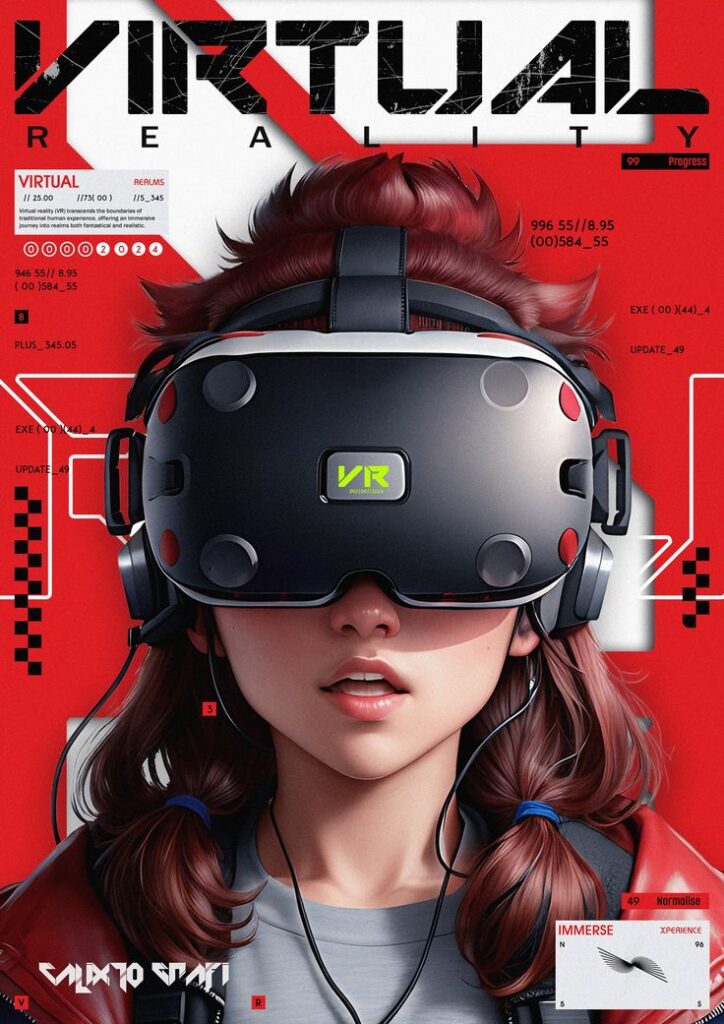
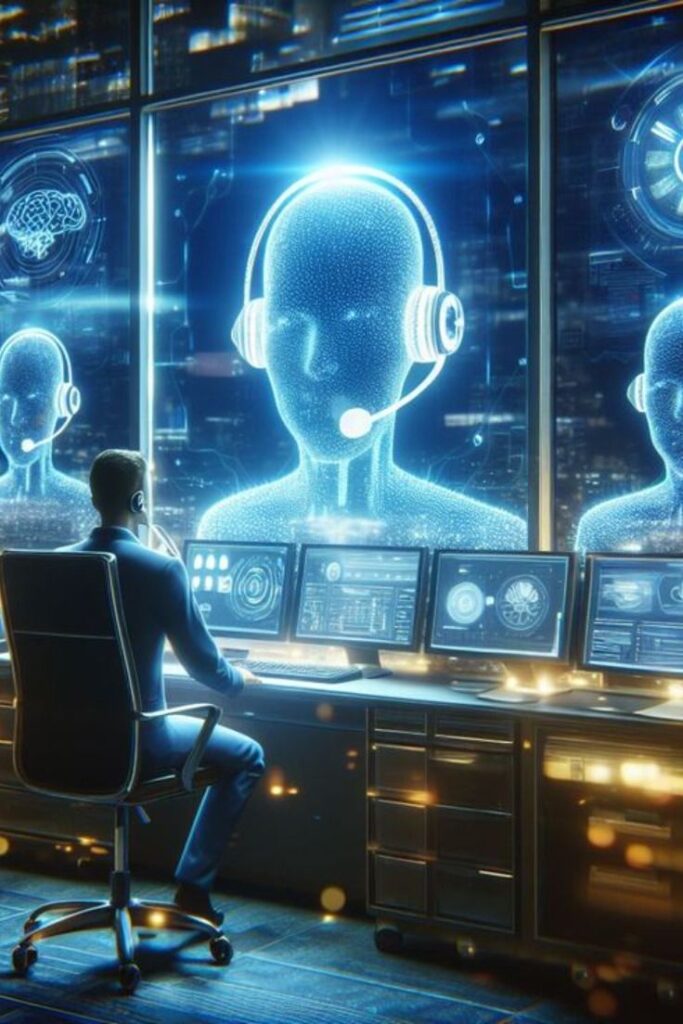
Key Takeaways
- VR has evolved into a versatile technology shaping various sectors.
- Immersive experiences enhance learning and entertainment for users.
- The future holds even more potential for VR as part of the metaverse.
The Evolution of Virtual Reality
The development of virtual reality has been marked by key innovations and milestones that shaped its trajectory. You will find significant contributions from pioneers and advancements in technology that have made VR more accessible and immersive.
Pioneering Technologies and Early Concepts
The roots of virtual reality can be traced back to visionaries like Ivan Sutherland, who created the first head-mounted display known as the “Sword of Damocles” in 1968. This device was heavy and cumbersome, but it laid the groundwork for immersive experiences.
In the 1960s and 1970s, other early concepts emerged, such as Sensorama, developed by Morton Heilig. This attraction combined visuals, odors, and sensations to create a multisensory experience. The Telesphere Mask, devised by Heilig as well, experimented with stereoscopic displays, making early strides toward VR as we know it today.
VPL Research, founded by Jaron Lanier, produced pioneering VR equipment like the Data Glove and EyePhone. These innovations demonstrated the potential of VR technology, setting the stage for future advancements.
Advancements in VR Headsets and Display Technology
By the 1990s, technology progressed further with products like Nintendo’s Virtual Boy. This headset attempted to bring 3D games to the masses but fell short due to limited graphics and motion sickness issues.
Fast forward to the 2010s, when Palmer Luckey launched the Oculus Rift on Kickstarter. This revival of interest in VR showcased high-quality graphics, improved head tracking, and an expansive user community. Oculus’s collaborative approach played a critical role in driving VR’s popularity.
Subsequent headsets like the Meta Quest enhanced accessibility and removed the necessity for external sensors. These advancements in display technology led to lighter, more comfortable designs, making virtual experiences more engaging and practical for consumers.
Milestones in Virtual Reality Development
Key milestones have defined the VR landscape, emphasizing both hardware and software breakthroughs. The launch of the Oculus Rift marked a new era, igniting investment and interest in virtual experiences.
Social VR platforms have expanded significantly, allowing you to interact and collaborate in immersive environments. The evolution of VR gaming, entertainment, and training applications has diversified its usage, making it appealing to a broader audience.
Meta Quest 2 further democratized access to VR by offering an all-in-one solution with robust capabilities. This accessibility is critical for the technology’s continued growth and adaptation across various sectors, including education and healthcare.

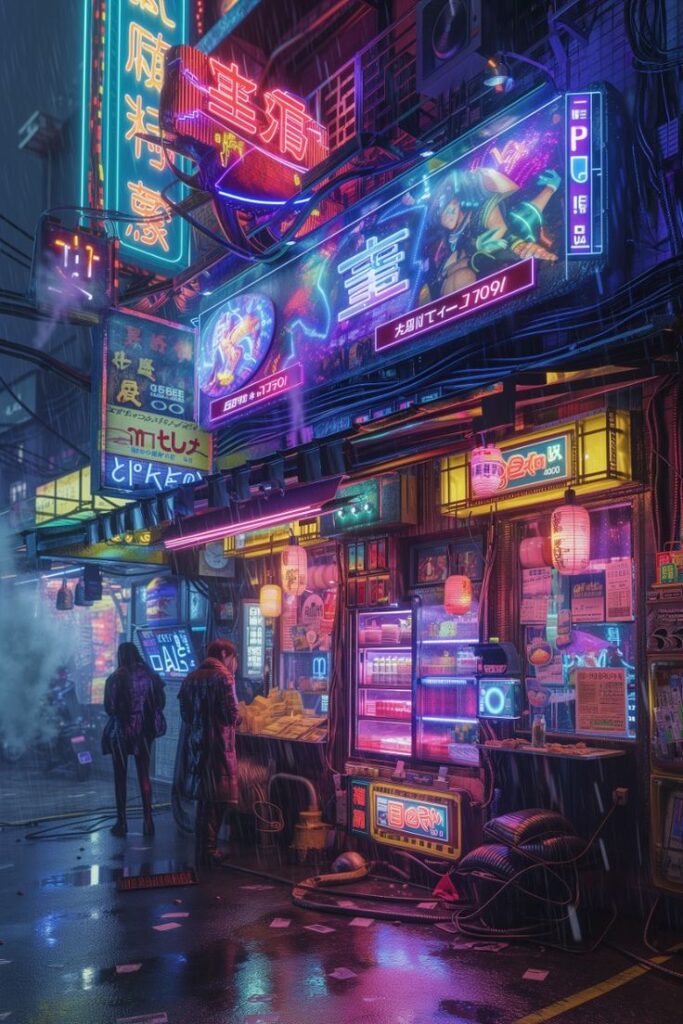
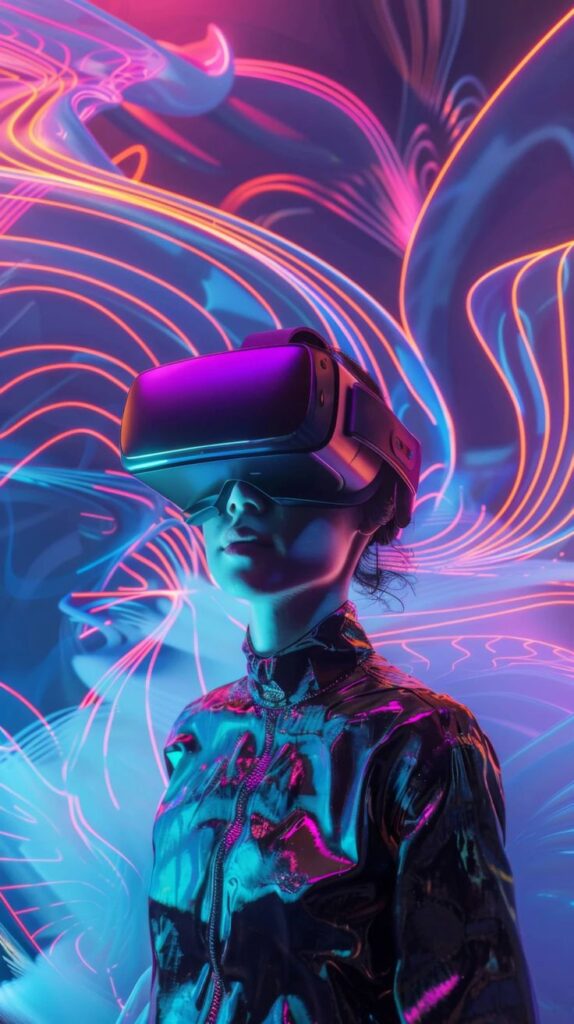
Technical Aspects of Virtual Reality
Virtual reality (VR) and augmented reality (AR) are technologies that immerse users in interactive environments. Understanding their key components is essential for comprehending how they function and impact user experiences.
Understanding VR and AR Technologies
VR creates a completely immersive experience, while AR overlays digital information onto the real world. A head-mounted display (HMD), like the Oculus Rift S or Vision Pro, is essential for VR, providing a wide field of view (FOV) to enhance immersion.
In contrast, AR devices use cameras and sensors to identify environmental elements. The combination of these technologies enables interactive experiences across gaming, training, and education, making them versatile tools in various applications.
Display and Interaction Technologies in VR
Display technology is critical in VR systems. VR headsets include dual displays or single screens with high refresh rates, often exceeding 90 Hz, to minimize motion blur and enhance clarity.
Interaction methods vary, but they often utilize controllers equipped with buttons and motion tracking. Precision in controls is vital, as it allows users to engage naturally with the virtual environment, providing intuitive ways to navigate and manipulate objects.
The Role of Motion Tracking and Controllers
Motion tracking is fundamental for a convincing VR experience. It typically involves degrees of freedom (DoF) measurements. 6DOF allows for movement in all three dimensions, enabling users to move freely and look around.
Pose tracking provides real-time location data for users, enhancing immersion. Many controllers incorporate haptics to deliver tactile feedback, which adds realism to interactions. With advanced tracking systems, your movements translate seamlessly into the virtual space, creating a more engaging experience.
Applications of Virtual Reality
Virtual reality has transformed various sectors, offering innovative solutions and experiences. Key applications span gaming, education, business, healthcare, and social interactions.
VR in Gaming and Entertainment
In gaming, VR offers immersive experiences that enhance player engagement. Titles like Beat Saber and Half-Life: Alyx utilize VR technology to create interactive environments.
Players can interact with the game world more naturally through gestures and movements. This sense of presence elevates gaming beyond traditional screens, allowing you to physically participate in the game.
Entertainment extends to virtual concerts and experiences. Platforms like VRChat provide interactive environments where users can socialize in real-time.
VR’s Impact on Education and Training
Virtual reality revolutionizes education and training by offering simulations that mimic real-world scenarios. For instance, medical students can practice surgeries in a controlled environment, reducing risks associated with real procedures.
VR enhances understanding through experiential learning. Historical reenactments or science labs become more engaging when experienced through VR.
Training in high-risk industries, such as firefighting or aviation, benefits significantly. Flight simulators allow trainees to practice without the potential dangers of real-life training scenarios.
Business and Industrial Use-Cases for VR
In the business sector, VR is increasingly utilized for design and prototyping. Companies can visualize products or concepts in a 3D space before physical production, saving time and costs.
Remote collaboration is another vital application. Teams can interact within a shared virtual space, fostering communication and creativity.
In manufacturing, VR aids in training employees on machinery through simulations. This hands-on approach increases retention and safety during actual operations.
Healthcare and Therapeutic Applications of VR
Healthcare utilizes VR for therapeutic purposes, particularly in pain management and rehabilitation. Patients experiencing chronic pain can engage in VR environments to divert attention and alleviate discomfort.
Exposure therapy for PTSD illustrates another application. Controlled virtual environments can help patients gradually confront and manage fears in a safe setting.
Moreover, VR is used in physical rehabilitation. Interactive exercises in a virtual space motivate patients, making recovery engaging and efficient.
The Social Sphere and VR
Social VR platforms encourage interaction and community building. You can join virtual spaces like AltspaceVR or Rec Room, where you interact with people globally in real-time.
These environments offer opportunities for events, meetings, or casual hangouts, enhancing social experiences. Social VR fosters connections through shared experiences, making it a valuable tool for remote communication.
The integration of VR in social settings redefines how you interact, bridging physical distance and forming connections in digital realms.

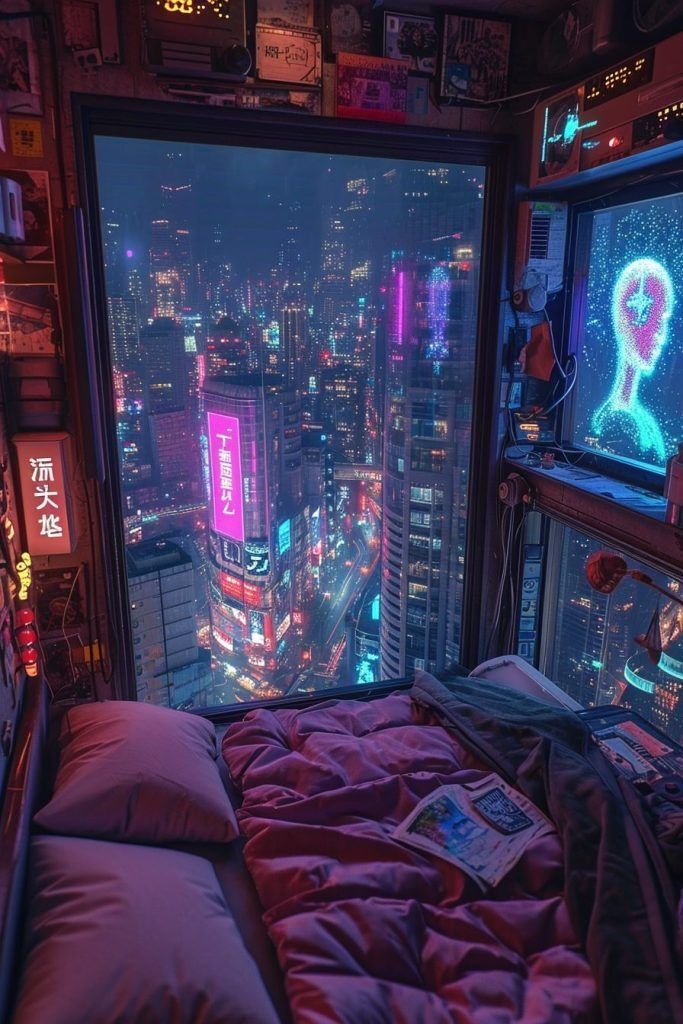
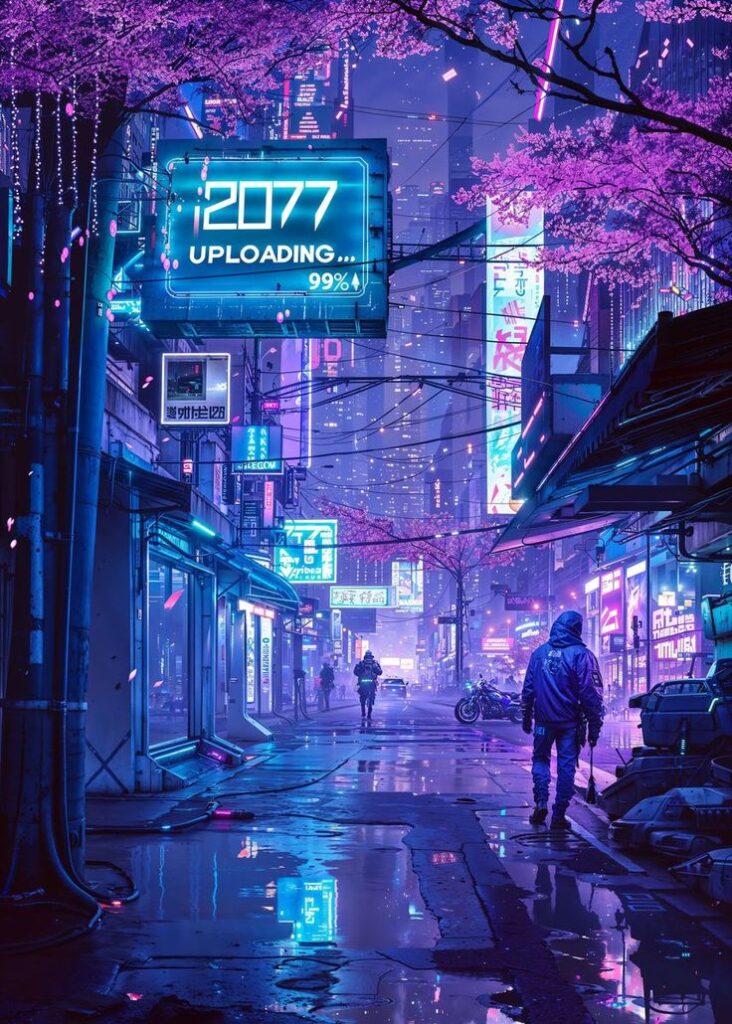
User Experience in VR
User experience in virtual reality (VR) is significantly shaped by how immersive and interactive the environment feels to you. It encompasses the physical sensations and psychological impacts that come from navigating through three-dimensional spaces. Understanding these elements is crucial for an enhanced user experience.
The Challenge of Immersion and Realism
Achieving true immersion in VR can be challenging. You engage more fully when a virtual environment feels real, influenced by factors like spatial audio and realistic graphics. Immersive VR attempts to replicate real-world experiences by creating believable 3D environments.
Motion sickness can detract from this experience, making it uncomfortable for some users. This often results from a disconnect between what you see and how your body feels. Designers focus on reducing latency and enhancing graphics to improve comfort and realism.
Physical and Psychological Effects of VR
Using VR can lead to several physical and psychological effects. Physically, you may experience motion sickness, eye strain, or fatigue due to prolonged usage or poorly designed experiences. Near-eye displays may exacerbate these issues if they lack resolution or proper field of view.
Psychologically, VR can evoke strong emotions, transporting you to different situations or worlds. The immersive nature can enhance your empathy or stress, depending on the context. Accessibility remains a significant consideration; ensuring that users with varying abilities can enjoy VR is essential for widespread adoption.
Advancements in Interactivity and Real-Time Feedback
Advancements in interactivity have transformed VR experiences. Modern systems incorporate advanced tracking technologies that allow for precise user interactions within a 3D world. This enables you to manipulate objects, navigate environments, and engage with other users in real-time.
Interactive features can include hand gestures, voice commands, and haptic feedback, enhancing your sense of presence and engagement. Real-time feedback helps you feel connected to the virtual environment, making experiences more captivating. As technology evolves, the potential for deeper interactivity continues to grow, elevating the overall user experience.

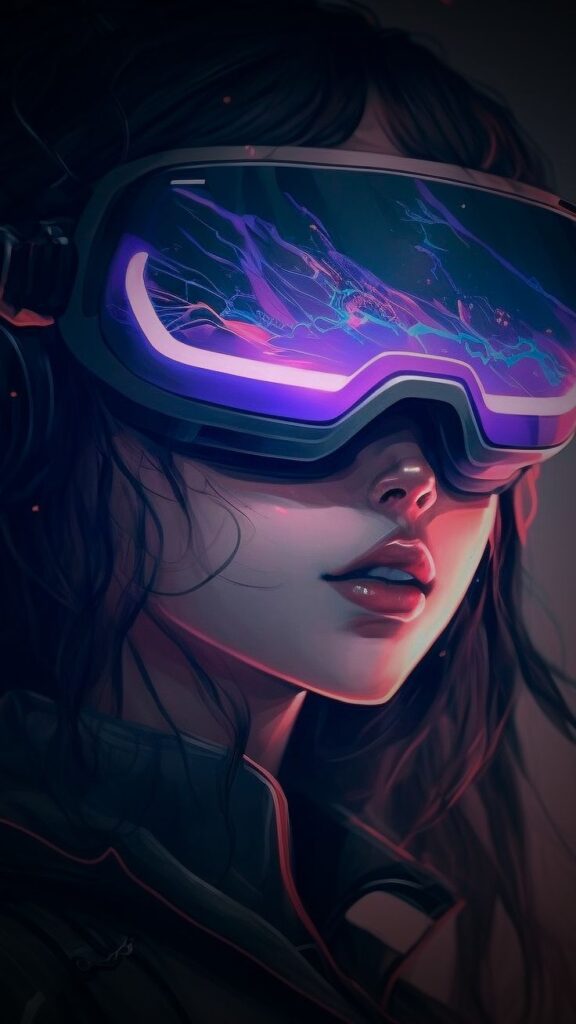
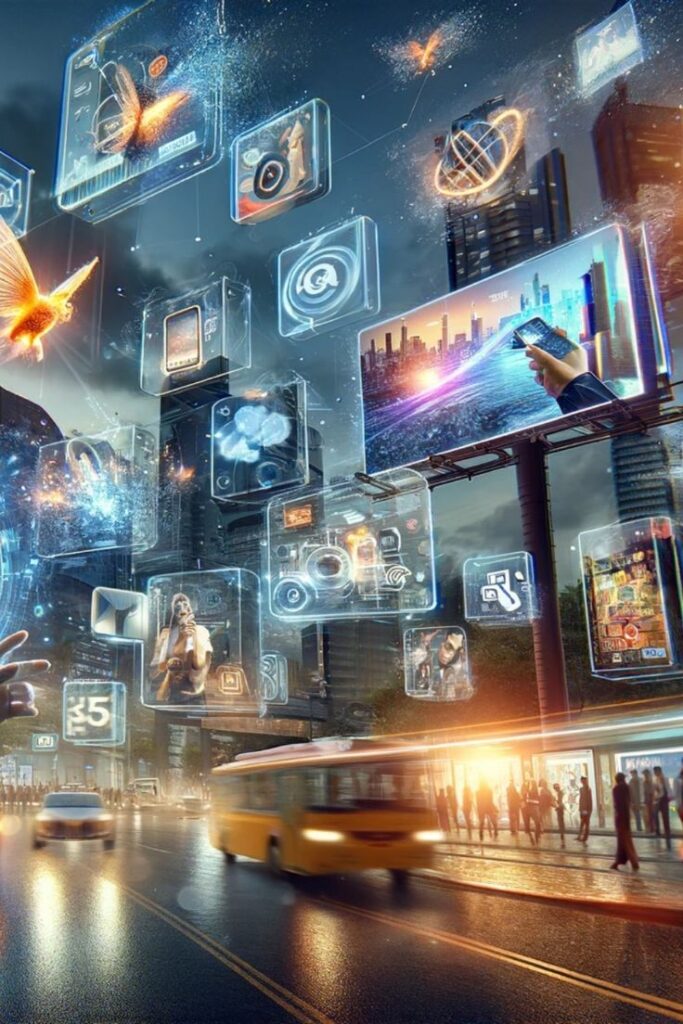
The Future of Virtual Reality
The future of virtual reality is poised for significant advancements across various fields. You will see exciting developments with next-generation technologies, the burgeoning concept of the Metaverse, and greater accessibility for consumers.
Next-Generation VR and Integration with Other Technologies
Next-generation VR systems will leverage advancements in artificial reality and mixed reality (MR) to create immersive experiences. These systems will combine computer graphics with real-world environments, enhancing user interaction.
The integration of VR with haptic feedback technology will allow for tactile engagement, making virtual environments feel more real. Extended reality (XR), which encompasses VR, AR, and MR, will further blur the lines between physical and digital spaces.
This transition will enable a broader range of applications, from education and training to entertainment and healthcare. You can expect improved hardware, such as lighter headsets with better resolution and field of view.
Virtual Reality and the Growth of the Metaverse
The Metaverse represents a collective digital space where you can interact with others in real-time. As VR technology evolves, its role in shaping the Metaverse will become increasingly important. Within this environment, users can build, create, and participate in shared experiences.
Consumer VR will expand as businesses and brands invest in virtual spaces. This shift could lead to virtual marketplaces where you can buy digital goods and services. Enhanced social interactions will redefine how you engage with communities.
Additionally, the blending of VR with social media platforms will open new avenues for collaboration and connection. The collaboration of VR with blockchain technology may introduce ownership models for digital assets within the Metaverse.
Accessibility and the Democratization of VR
Accessibility in VR is a key factor in its future development. As technology advances, you will see more affordable options for consumers. This democratization will enable wider participation across various demographics.
Platforms offering VR experiences without requiring high-end hardware will emerge. Mobile VR solutions will make high-quality experiences accessible on the go.
Inclusivity will be a focus, with developers creating content that caters to diverse needs involving sensory impairments or mobility challenges. Ultimately, these advancements will foster a more engaging and diverse VR landscape, allowing everyone to participate in the evolution of this technology.
- 985shares
- Facebook0
- Pinterest985
- Twitter0


